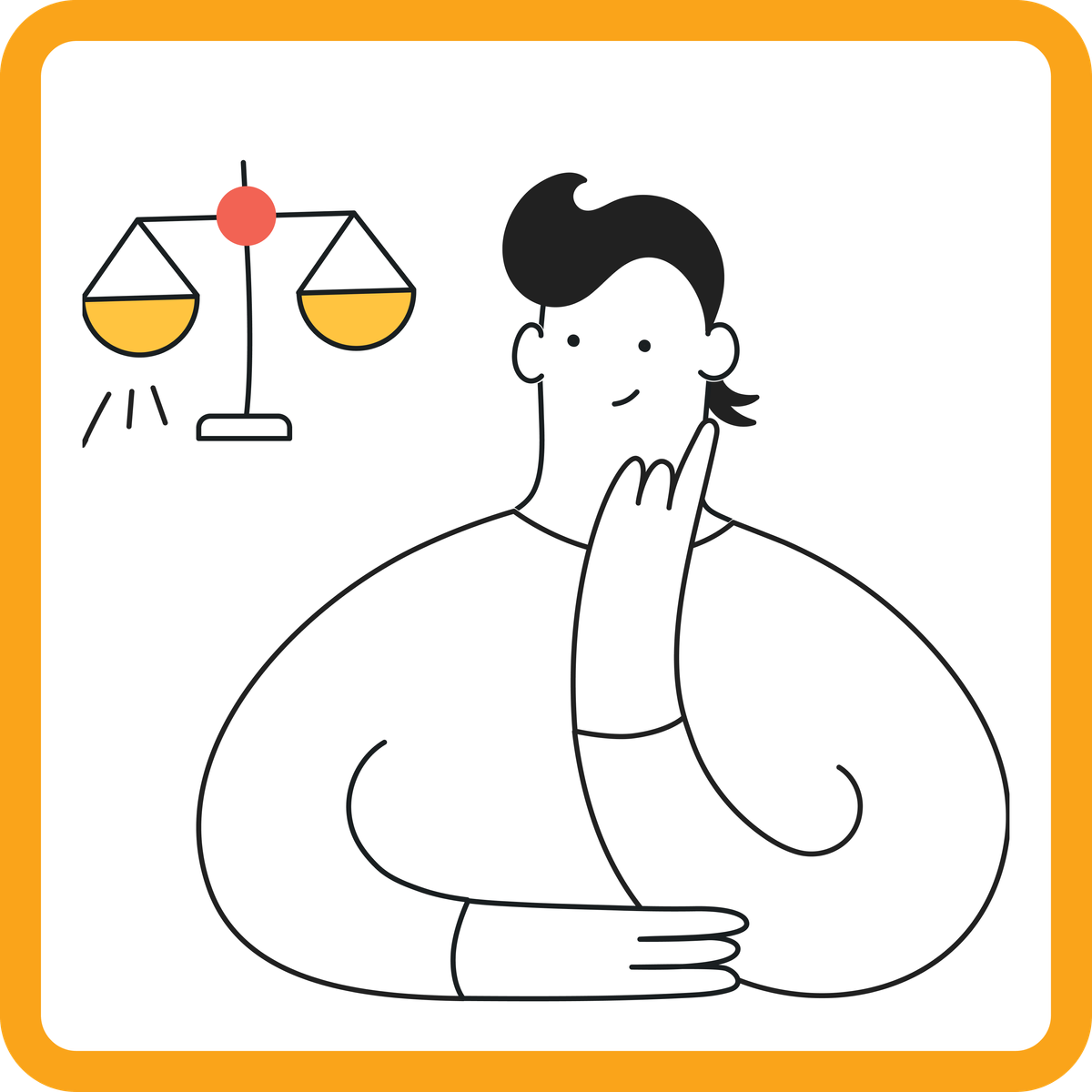How to spot them
Signature behaviours:
Interrogates the system – Always asking how decisions are made.
Cross-checks results – Verifies AI outputs against trusted sources.
Reads the fine print – Digs into data origins, ethics policies, and compliance.
Demands fairness – Flags bias, discrimination, and gaps in logic.
Thinks bigger – Brings up AI’s environmental and social impact.
What this means for you:
- They’re your moral compass, they protect your reputation before things go wrong.
- They build long-term trust with clients, customers, and regulators.
- But without space to speak, they’ll stall projects and erode team confidence from within.
The challenges they create
⚠️ Slow start – They won’t engage until ethical standards are proven.
⚠️ Endless questions – Can feel like they’re blocking progress with scrutiny.
⚠️ Trust threshold – Need high levels of transparency to even try AI tools.
⚠️ Perfection trap – If AI isn’t flawless, they may see it as flawed beyond use.
What to do
Normalise transparency
- Don’t wait for questions, volunteer information about how AI works.
- Share the data sources, decision paths, and limitations up front.
- Use explainable AI tools and plain-language guides as standard practice.
Turn them into your AI integrity lead
- Invite them to co-develop ethical policies, audits, and risk flags.
- Give them ownership of fairness reviews or bias checks.
- Position them as a key voice in AI design, not just a gatekeeper.
Help them shape the culture
- Let them lead discussions on ethical use, inclusion, and sustainability.
- Encourage them to mentor others on spotting and fixing ethical risks.
- Celebrate their role as a quality bar, not a blocker.
What success looks like
✔️ They shape fair, transparent AI policies that teams follow.
✔️ They champion ethical use, not just point out flaws.
✔️ They build trust across the organisation, inside and out.
✔️ They turn scrutiny into safety, making AI more robust and responsible.
